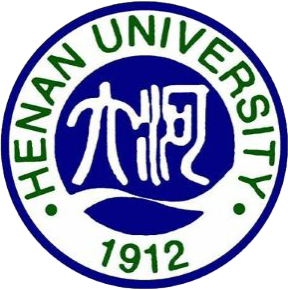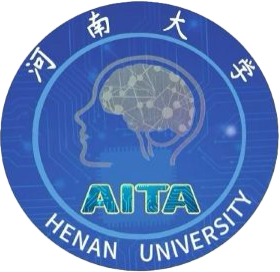Hi, I’m Meng’en Qin (秦蒙恩), a graduate from Henan University, where I build a solid foundation in mathematics and statistics. My research journey began at AITA, and there I was fortunate to work with Prof. Xiaohui Yang to address interdisciplinary problems in chemistry and biology using statistical methods and deep learning models. Prior to that, I spent about half a year studying some topics, including semi-parametric regression, structural equation modeling, system dynamics, and sparse coding representations. Through multiple explorations and experiences, I gradually discovered a strong interest in 2D vision tasks, diffusion models, and multi-modal LLMs. In the final stage of my undergraduate life, I have shifted my focus toward these areas and actively participated in some related works.
Currently, I'm focusing on the isotropic issue in Gaussian angle representation of oriented 2D/3D objects, self-evolution and self-distillation in the diffusion sampling, masked diffusion models for long video reasoning.
I am now looking for research internships, and also strongly determined to apply for a PhD program in Spring/Fall 2026.
News
- [05/2025]: 🎉 My undergraduate thesis is awarded as “Excellent Thesis”.
Education

- Undergraduate thesis: Significance and Stability Analysis of Gene-Environment Interaction
Experience

- Deep learning and its interdisciplinary applications
Honors and Awards
- First Prize in China Undergraduate Mathematical Contest in Modeling, Nov 2023
We offer a programme to determine the optimal layout parameters of the heliostats and receiver tower for maximizing solar energy efficiency. Specifically, we first analyze the relationship between the shadow and solar altitude angle to estimate the shadowing rate, and then propose the geometric cosine model for cosine efficiency. Based on this, we can calcutate the annual average optical efficiency and annual average thermal output power. Subsequently, leveraging geometric, physical, and geographical principles, we build a non-convex optimization model, aimed at maximizing the annual average thermal output power per unit mirror area. This model is solved using the grid search algorithm to explore all feasible parameter combinations and identify the global optimum. To improve the accuracy of shadowing efficiency, we further introduce the shadow determination and calculation model, which helps judge whether a heliostat is shaded and quantify the corresponding shadow loss when shading occurs.
- Second Prize in National College Student Statistical Modeling Competition, Aug 2023 (Top 0.5% nationwide)
Using Vensim, we build a dynamical system based on non-linear high-order dynamical equations to simulate the development of China’s international trade under the background of "dual circulation" and "green development". On this basis, we further research the operation mechanisms and behavioral logic of various influencing factors, and explore the dynamical foundations and optimization pathways for achieving high-quality and environmentally sustainable trade development.
- Third Prize in National College Students Social Practice and Science Contest on Energy Saving & Emission Reduction, Aug 2023
Taking Yingtaogou in Zhengzhou and Yuntaishan in Jiaozuo as representative cases, we focus on the sustainability and carbon emissions in rural tourism. This work collects tourist data from these two destinations and applies Importance-Performance Analysis, logistic regression and structural equation modeling to analyze the current state and key issues in the low-carbon and energy-saving development of rural tourism in Henan. The findings in this work suggest that rural tourism, particularly as represented by rural homestays, should adhere to the principles of environmental protection, enhance service quality, and diversify green tourism offerings. These strategies are essential for advancing a sustainable path for rural tourism development.
- Third Prize in The Chinese Mathematics Competitions for College Students, Mar 2023 (Mathematics Category)
